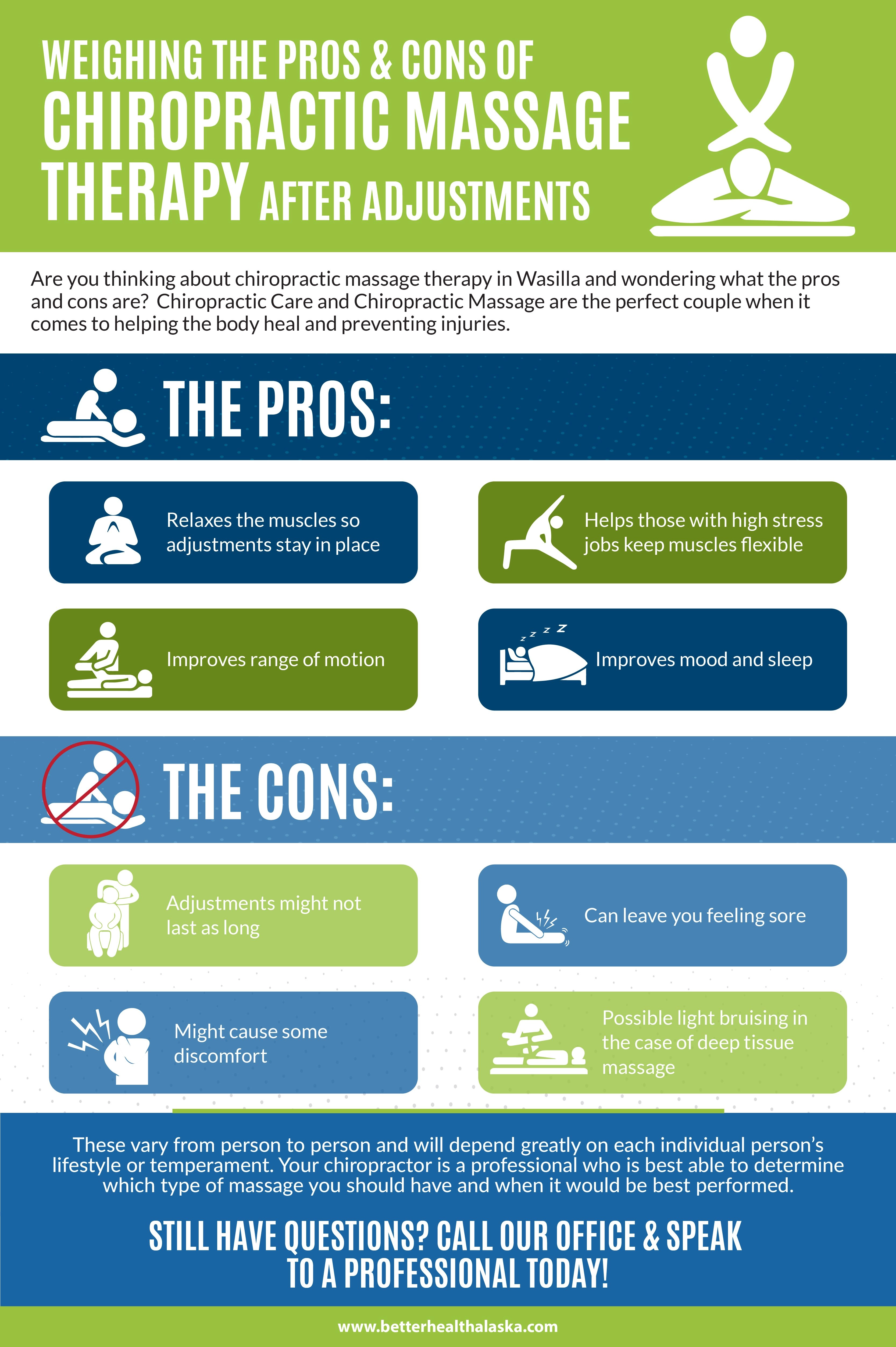The Influence Of Stance On Pain In The Back: Techniques For Sustaining Correct Alignment Throughout Daily Activities
The Influence Of Stance On Pain In The Back: Techniques For Sustaining Correct Alignment Throughout Daily Activities
Blog Article
Write-Up By-Bush Patton
Maintaining correct stance isn't nearly sitting up directly; it has to do with straightening your body in a way that supports your back and lowers the danger of back pain. The way you sit, stand, and relocate throughout the day can significantly impact your back health and wellness. Yet how precisely can visit here make sure great positioning constantly, even during active days loaded with different tasks? Allow's dig deeper right into the subtle yet impactful modifications you can make to your day-to-day regimen to maintain your back satisfied and healthy.
Value of Appropriate Posture
Proper stance is critical in keeping a healthy and balanced back and avoiding pain. When you rest or stand with good posture, your back is in placement, decreasing stress on your muscle mass, tendons, and joints. This alignment enables the body to disperse weight evenly, preventing too much stress on particular locations that can lead to discomfort and pain. By maintaining your spine properly straightened, you can likewise improve your breathing and food digestion, as slouching can press body organs and restrict their performance.
Additionally, maintaining great stance can enhance your total appearance and positive self-image. When mouse click the up coming web site stand tall with your shoulders back and head held high, you emanate confidence and show up even more friendly. Great stance can additionally make you really feel more stimulated and alert, as it promotes proper blood circulation and allows your muscles to function efficiently.
Incorporating correct stance right into your daily regimen, whether sitting at a workdesk, walking, or exercising, is necessary for avoiding neck and back pain and promoting general health. Remember, a tiny change in how you hold yourself can make a substantial distinction in how you feel and function throughout the day.
Common Postural Mistakes
When it pertains to keeping great position, several individuals unconsciously make typical blunders that can add to back pain and discomfort. Among one of the most widespread mistakes is slouching or hunching over while resting or standing. This placement puts excessive stress on the spine and can bring about muscular tissue discrepancies and pain in the long run.
Another usual blunder is overarching the lower back, which can flatten the natural curve of the spinal column and trigger pain. Additionally, crossing legs while resting may feel comfortable, however it can produce a discrepancy in the hips and pelvis, bring about postural concerns.
Using a cushion that's as well soft or also firm while resting can also influence your placement and contribute to neck and back pain. Finally, continuously craning your neck to check out screens or readjusting your placement frequently can stress the neck and shoulders. Bearing in mind these typical postural blunders can aid you maintain far better alignment and lower the risk of back pain.
Tips for Correcting Positioning
To improve your positioning and lower pain in the back, it's necessary to focus on making small modifications throughout your everyday regimen. Beginning by being mindful of your posture. When resting, guarantee your feet are level on the flooring, your back is straight, and your shoulders are loosened up. Stay clear of slouching or leaning to one side. Use ergonomic chairs or paddings to sustain your lower back.
When standing, disperse your weight evenly on both feet, maintain your knees a little curved, and embed your pelvis. Engage your core muscular tissues to sustain your back. Take breaks to stretch and walk if you have an inactive work. Include exercises that strengthen your core and back muscular tissues, such as slabs or bridges.
While sleeping, utilize a cushion that sustains the all-natural curve of your neck to maintain appropriate spinal placement. Stay clear of sleeping on your stomach, as it can strain your neck and back. By being mindful of these tips and making small changes, you can slowly correct your placement and minimize pain in the back.
Conclusion
Remember, preserving good pose is vital to preventing neck and back pain and advertising back health and wellness. By being mindful of your positioning, distributing weight equally, and involving your core muscular tissues, you can lower strain on your back and reduce the danger of discomfort and injury. Incorporate ergonomic support, take routine breaks to stretch, and reinforce your core and back muscular tissues to keep correct alignment throughout the day. Your back will thanks for it!
